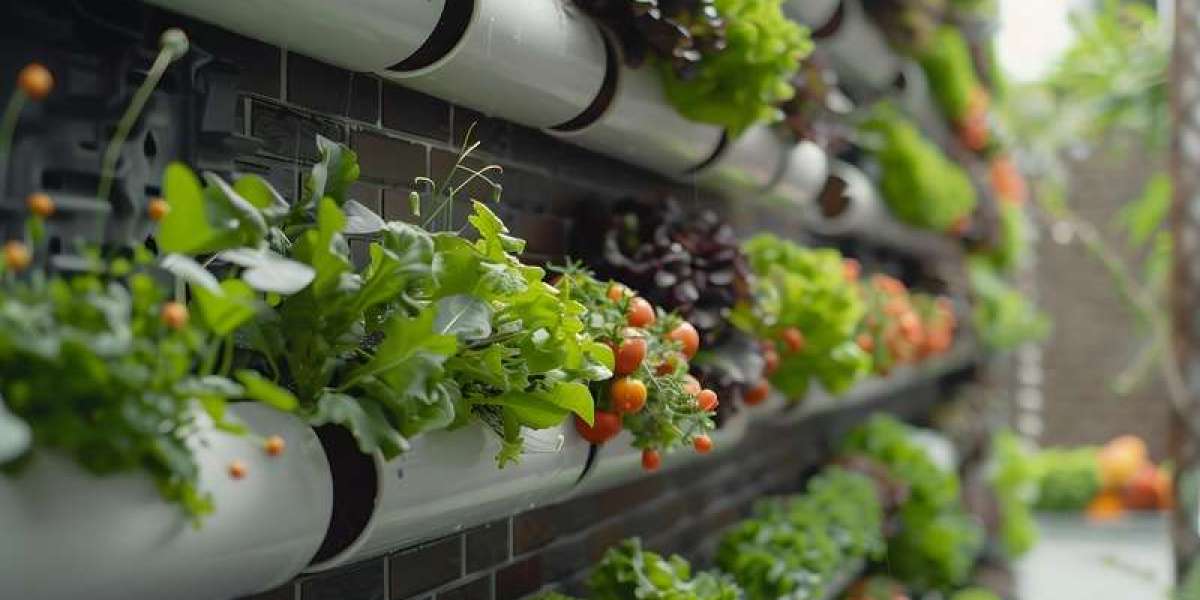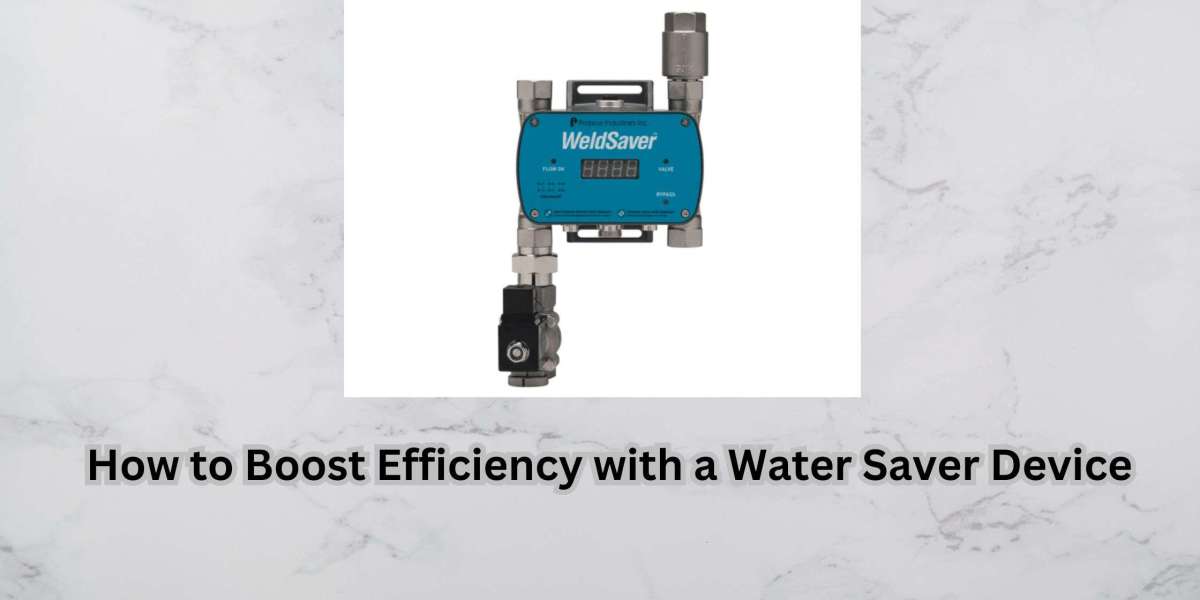In recent years, hydroponics has emerged as a popular method for growing plants in a controlled environment, free from soil and the challenges of traditional farming. The advent of hydroponic greenhouses has revolutionized this concept by combining the advantages of indoor farming with the natural benefits of sunlight, making it a perfect hybrid between traditional and modern agricultural practices. Hydroponics farming in USA offer a sustainable, efficient, and scalable way to grow plants in any climate or region.
In this blog, we’ll explore how hydroponic greenhouses work, the benefits they offer, and why they are becoming a critical component in the future of agriculture.
What is a Hydroponic Greenhouse?
A hydroponic greenhouse is a structure that combines the principles of greenhouse farming with hydroponic technology. Plants are grown without soil, using nutrient-rich water to deliver the necessary nutrients directly to the roots. The greenhouse environment provides the optimal amount of sunlight, temperature, and humidity, while the hydroponic system ensures that the plants receive the perfect balance of water and nutrients.
There are different types of hydroponic systems that can be integrated into greenhouses, including:
- Nutrient Film Technique (NFT): A shallow stream of water flows over the plant roots, providing nutrients.
- Drip Irrigation: Water mixed with nutrients is slowly dripped onto the roots.
- Aeroponics: Nutrients are delivered through a mist sprayed onto the plant roots.
- Ebb and Flow Systems: Plants are periodically flooded with nutrient-rich water and then drained.
How Does a Hydroponic Greenhouse Work?
A hydroponic greenhouse operates on a closed-loop system that recycles water and nutrients. It uses controlled environmental conditions, such as temperature, humidity, and CO2 levels, to create an ideal growing environment. Here’s how the process works:
- Sunlight and Lighting: The greenhouse uses natural sunlight to provide energy for photosynthesis. However, in regions with limited sunlight or during winter, artificial lighting like LED grow lights can be used to supplement natural light.
- Temperature and Climate Control: The greenhouse is equipped with heating and cooling systems to maintain optimal temperatures for plant growth. Fans, heaters, and vents help regulate the climate inside the greenhouse.
- Nutrient Delivery: In a hydroponic greenhouse, plants are grown in water-based systems where they receive nutrients through a solution. The nutrient solution is delivered directly to the plant’s roots, and the excess is recirculated, ensuring no water or nutrients go to waste.
- Water Conservation: Hydroponic systems in greenhouses use significantly less water than traditional farming methods. Water is recirculated in a closed system, which reduces the need for frequent irrigation and conserves water.
- Automated Systems: Many hydroponic greenhouses are equipped with automation and smart technology to monitor the growth conditions, water usage, and nutrient levels. This ensures optimal conditions for plant growth with minimal human intervention.
Benefits of Hydroponic Greenhouses
Combining the best of indoor and outdoor farming, hydroponic greenhouses offer a host of benefits:
- Year-Round Farming: Unlike traditional farming, which is limited by seasons and climate, hydroponic greenhouses allow for year-round cultivation. This ensures a consistent supply of fresh produce, regardless of weather conditions.
- Maximized Yield: Hydroponic greenhouses allow for higher yields compared to traditional farming methods. Plants grow faster because they receive the exact nutrients they need, and the controlled environment minimizes the risk of disease or pests.
- Efficient Use of Resources: Hydroponic greenhouses use up to 90% less water than conventional farming methods, making them an ideal solution for water-scarce regions. Additionally, nutrient usage is more efficient, as the solution is recirculated and reused.
- Sustainability: By minimizing water usage, reducing the need for pesticides, and producing food closer to urban centers, hydroponic greenhouses contribute to a more sustainable food production system. The environmental footprint is also lower due to the reduction in transportation costs and less land use.
- Reduced Pesticide Use: Since hydroponic greenhouses create a controlled environment, there’s less risk of pests and diseases. This significantly reduces or eliminates the need for chemical pesticides, leading to healthier, pesticide-free produce.
- Space Efficiency: Hydroponic systems can be designed vertically, allowing farmers to grow more in less space. This is especially beneficial in urban environments, where space is limited but demand for fresh produce is high.
- Faster Growth Cycles: Plants grown in a hydroponic greenhouse can have growth cycles that are 25% faster than those grown in soil. This is due to the precise delivery of nutrients and the controlled environment, allowing for multiple harvests per year.
Popular Crops for Hydroponic Greenhouses
Many crops thrive in hydroponic greenhouses due to the controlled environment and nutrient delivery system. Some of the most popular crops include:
- Leafy Greens: Lettuce, spinach, kale, and arugula are common in hydroponic greenhouses due to their fast growth cycles and high market demand.
- Herbs: Basil, cilantro, parsley, and mint are widely grown in hydroponic greenhouses, especially in urban areas.
- Tomatoes: Hydroponic tomatoes have become incredibly popular due to their high yields and consistent quality.
- Cucumbers: Cucumbers are well-suited for hydroponic systems, producing large yields in controlled environments.
- Strawberries: These fruits thrive in hydroponic systems, and greenhouses provide the right conditions for year-round strawberry production.
Examples of Hydroponic Greenhouses in the USA
Many hydroponic greenhouses across the USA are leading the way in sustainable farming practices. Here are a few notable examples:
- Gotham Greens (New York, Illinois, California): Known for its rooftop greenhouses, Gotham Greens combines hydroponic systems with urban farming to provide fresh, local produce year-round. They grow leafy greens and herbs in cities like New York and Chicago, reducing the need for long-distance food transportation.
- BrightFarms (Illinois, Virginia, Ohio): BrightFarms operates hydroponic greenhouses that supply local grocery stores with fresh produce. Their closed-loop systems minimize water and energy use while delivering high-quality greens and herbs.
- AeroFarms (New Jersey): AeroFarms is one of the largest indoor vertical farms in the world, using aeroponic and hydroponic systems in a controlled greenhouse environment. They grow leafy greens year-round, using 95% less water than traditional farming methods.
Challenges of Hydroponic Greenhouses
While hydroponic greenhouses offer numerous advantages, there are a few challenges to consider:
- Initial Setup Costs: Building and equipping a hydroponic greenhouse can be expensive. The upfront costs of constructing the greenhouse, installing hydroponic systems, and purchasing climate control equipment can be a significant barrier for small-scale farmers.
- Energy Use: Climate control systems, lighting, and automation can consume a lot of energy, especially in regions with less natural sunlight. However, advancements in renewable energy sources like solar power are helping to reduce energy consumption in hydroponic greenhouses.
- Technical Knowledge: Running a hydroponic greenhouse requires a deeper understanding of nutrient management, plant biology, and environmental controls than traditional farming. Farmers need to invest time in learning how to operate and maintain the systems effectively.
The Future of Hydroponic Greenhouses
As the world faces the challenges of climate change, population growth, and urbanization, hydroponic greenhouses represent a promising solution for sustainable food production. With innovations in technology, such as automation, renewable energy, and AI-driven climate control systems, hydroponic greenhouses are poised to become more efficient, affordable, and accessible to farmers around the world.
Conclusion
Hydroponic greenhouses combine the best aspects of indoor farming—controlled environments, optimized nutrient delivery, and water efficiency—with the natural benefits of sunlight. They offer an innovative solution for growing food sustainably, especially in urban areas and regions facing environmental challenges.
As technology continues to evolve, hydroponic greenhouses will play a critical role in feeding the world’s growing population while minimizing the environmental impact of agriculture.




